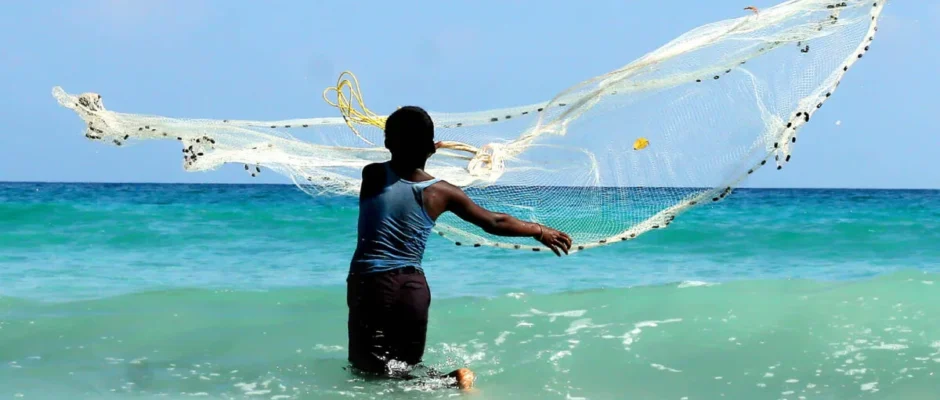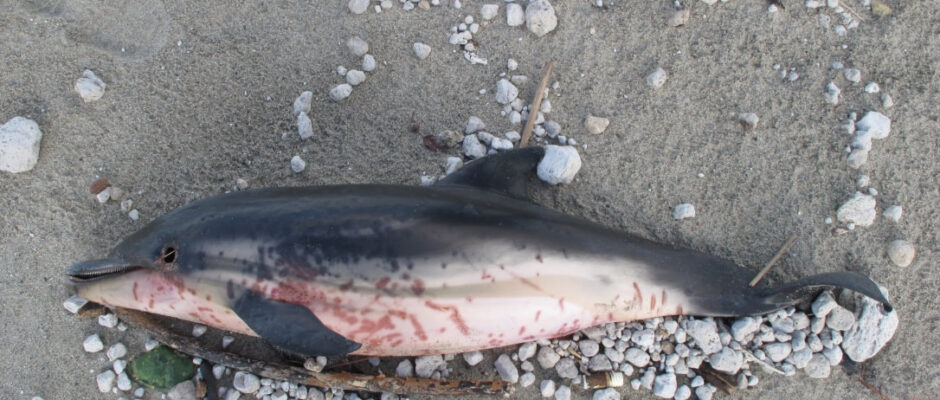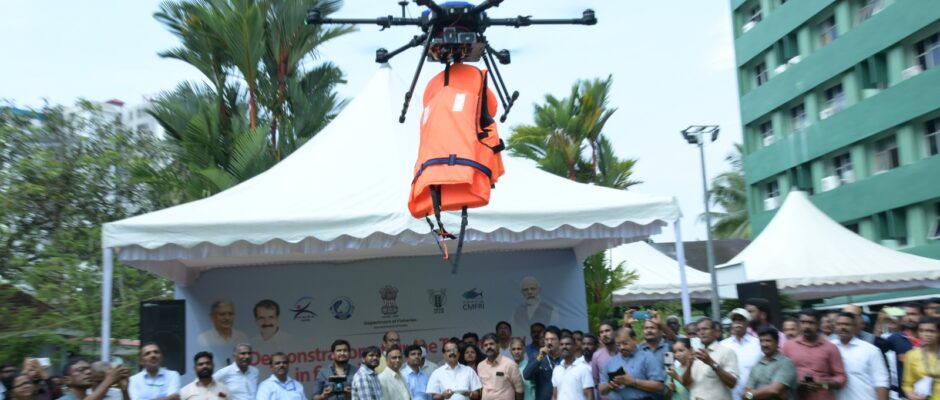Unlocking the Blue Gold: Investors’ Meet 2024 to Boost Fisheries and Aquaculture in Andaman & Nicobar Islands
On November 14, 2024, the Department of Fisheries, under the Ministry of Fisheries, Animal Husbandry & Dairying, is set to host the highly anticipated “Investors’ Meet 2024: Investment Opportunities in Fisheries and Aquaculture Sector of Andaman & Nicobar Islands.” This landmark event will be held at Taj Exotica in Swaraj Dweep, Andaman & Nicobar Islands, and will be graced by several distinguished dignitaries, including Union Minister Rajiv Ranjan Singh alias Lalan Singh, George Kurian, Minister of State, and Prof. S.P. Singh Baghel, among others. A Platform for Growth and Collaboration The Investors’ Meet 2024 is designed to serve as a robust platform for knowledge exchange, networking, and business exploration. The event will bring together around 60 investors from across India, specializing in technologies related to tuna and seaweed, along with officials from the Department of Fisheries, State/UT Fisheries Departments, and scientists. The aim is to foster public-private partnerships that drive sustainable growth in the fisheries and aquaculture sectors. Untapped Opportunities in A&N Islands The Andaman and Nicobar Islands offer a unique and fertile ground for fisheries development. With an Exclusive Economic Zone (EEZ) spanning approximately 6.0 lakh square kilometers, the region is rich in under-exploited sea resources, particularly tuna and other high-valued species, estimated at 60,000 metric tons. The islands’ proximity to Southeast Asian countries facilitates efficient sea and air trade, while the pristine waters support sustainable fishing practices. Effective administrative measures further enhance the region’s potential for economic growth through marine resources. Comprehensive Roadmap and Key Sessions The event will include lead presentations, B2B and B2G interactions, and strategy planning sessions aimed at driving investments in infrastructure, technology transfer, skill development, and innovation. Interactive sessions will focus on best practices, address challenges faced by the private sector, and foster networking opportunities with Southeast Asian counterparts to explore new business opportunities and trade synergies. Key sessions will be led by prominent organizations such as the Marine Product Export Development Authority (MPEDA), which will discuss export promotion opportunities, and the Indian Council of Agricultural Research (ICAR), which will outline a roadmap for advancing mariculture in the islands. The Bay of Bengal Programme Inter-Governmental Organisation (BoBP-IGO) will also contribute insights on the development of tuna fisheries and related value chains. Launch of Tuna Cluster Initiative The event will also mark the launch of a video highlighting the development of a Tuna Cluster in the Andaman & Nicobar Islands, a significant step towards enhancing the region’s economic potential through cluster-based approaches and end-to-end value chains. India’s Fisheries Sector: A Key Growth Driver The fisheries sector is recognized as the “Sunrise Sector” of India’s economy, playing a crucial role in enhancing national income, exports, and food security, particularly benefiting rural areas. Over the past decade, the Government of India has invested heavily in this sector through flagship initiatives like PMMSY, FIDF, and the Blue Revolution, with an unprecedented investment of Rs 38,572 crore since 2015. India’s seafood exports have more than doubled since FY 2013-14, reaching 17.81 lakh tons worth Rs 60,523.89 crore during 2023-24, despite the challenges posed by the pandemic. Indian seafood is exported to 129 countries, with the USA being the largest overseas market. The sector has witnessed an average annual growth rate of 14% over the last 10 years. Future Goals and Employment Opportunities The Department of Fisheries aims to enhance fisheries exports to Rs 1 lakh crores by 2024-25. This initiative not only targets increased exports but also seeks to create significant employment opportunities in the Andaman & Nicobar Islands. Key resources like tuna and seaweed are prioritized for development, with a focus on sustainable growth and maximizing the region’s economic potential. The Investors’ Meet 2024 is poised to be a pivotal event in unlocking the vast potential of the fisheries and aquaculture sector in the Andaman & Nicobar Islands, offering a golden opportunity for investors to tap into this burgeoning sector.




